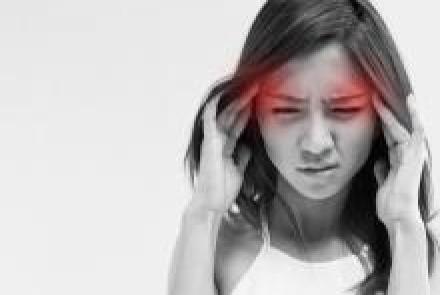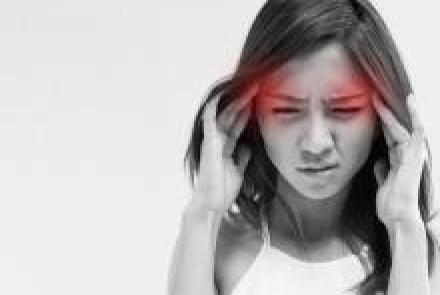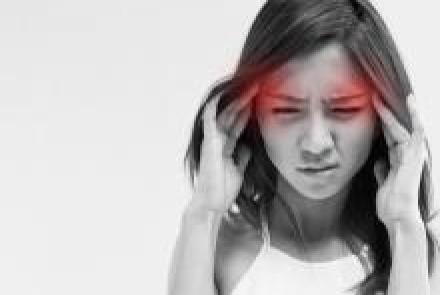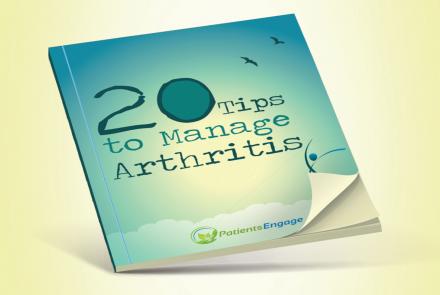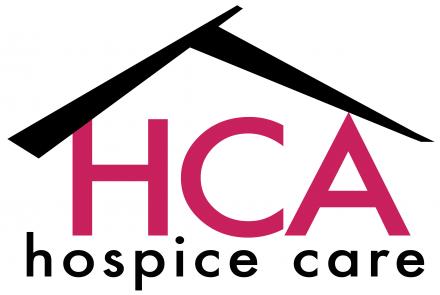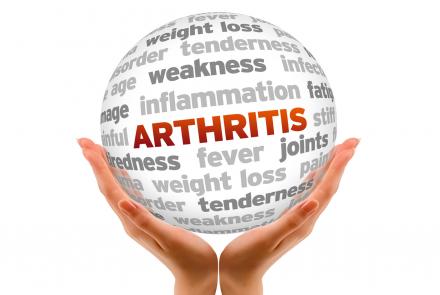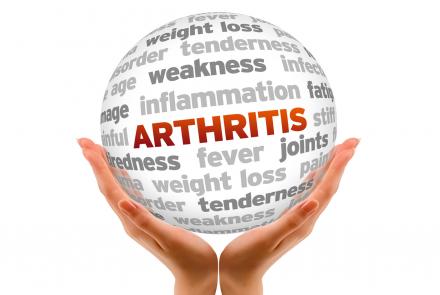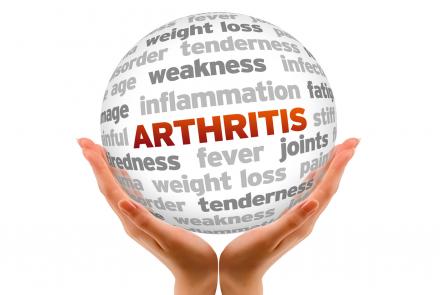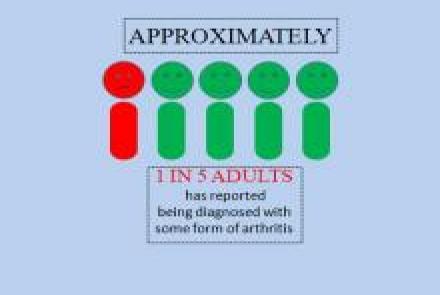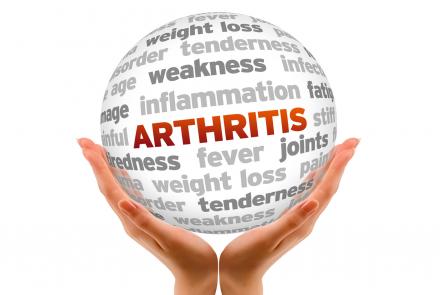There are 2 main types of migraine:
Migraine with aura/ sense of warning – classic migraine
Migraine without aura - common migraine
Complications of migraine include:
Status migrainosus - headaches occur for a period of 15 or more days per month for 3 or more months
Persistent aura without infarction - aura for duration of more than 1 hour and less than 1 week with absence of cerebral infarction. Infarction means obstruction of blood supply, hence, blood supply is not obstructed in this…
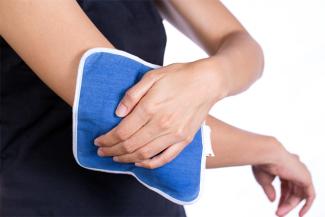
Are you confused as to when to use Ice Pack and when to use Heat to deal with pain, injury and inflammation? This infographic below sums it up quite simply.
According to Dr. Bhuvaneswari, a quick guideline to follow is:
Ice pack is preferred if it is a recent and acute pain episode especially injury which may be a blood clot, muscle tear or tendon tear. For instance most sport and exercse injuries.
Heat or warmth for Chronic pain with stiffness, especially joint related pain as in Arthritis.
And watch out for Paraffin wax treatments. They can cause burns as well.

For the options of heat and ice packs and other tips, refer to the full article at https://health.clevelandclinic.org/2014/08/should-you-use-ice-or-heat-for-pain-infographic/amp/
Changed
02/Nov/2017

